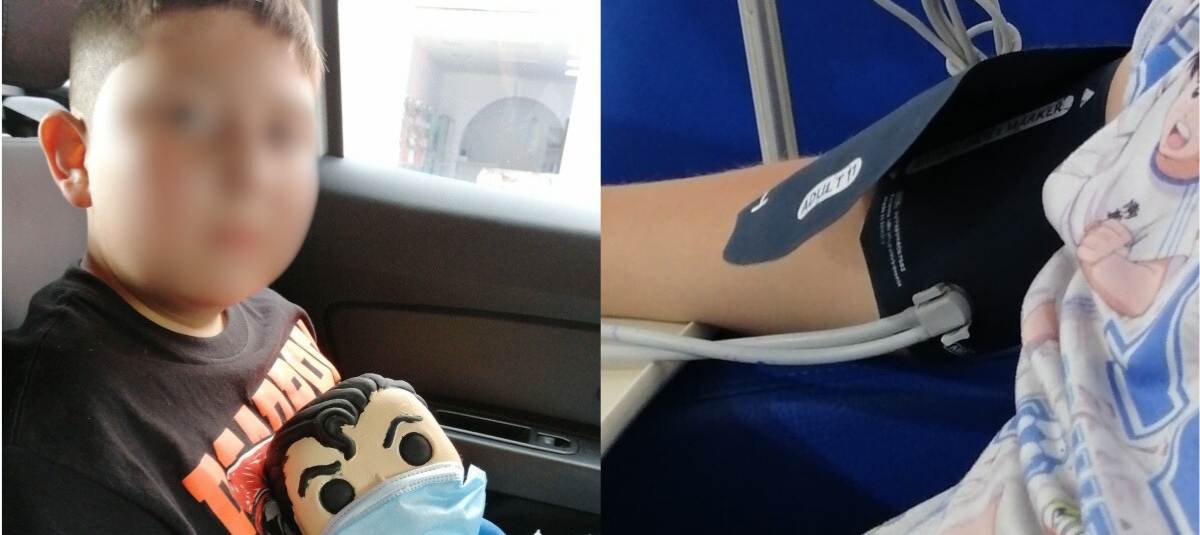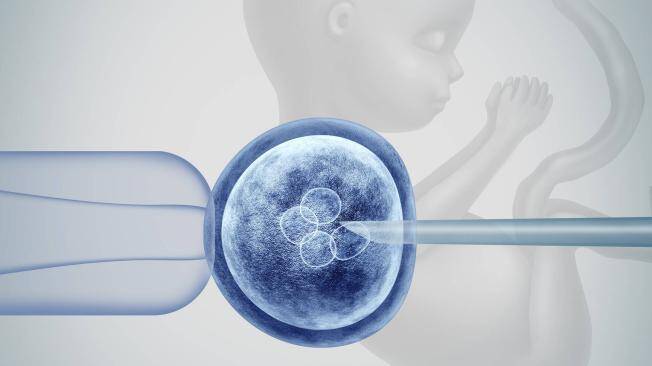Genetic mutations causing an ultra-rare neurological disease are corrected in mice by DNA editing.

Genetic mutations causing an ultra-rare neurological disease are corrected in mice using DNA editing. Photo: Jackson Laboratory/ iStock
A team of scientists in the United States has successfully corrected genetic mutations responsible for alternating hemiplegia of childhood (AIH), an ultra-rare neurological disease, using an advanced gene editing technique applied directly to the brains of mice.
The results of the study, published in the journal Cell, show that a single injection administered shortly after birth was able to reverse severe symptoms, improve motor and cognitive functions, and double the life expectancy of the treated animals.
READ ALSO

The technique used was prime editing, a form of genetic editing that modifies DNA letters. Photo: iStock
The work, the result of a collaboration between the Jackson Laboratory (JAX), the Broad Institute of MIT and Harvard, and the nonprofit organization RARE Hope, represents a milestone in research into gene therapies for neurological diseases previously considered untreatable.
The researchers used a gene-editing technology called prime editing, which allows individual letters of DNA to be modified with high precision without having to cut the double helix, as is the case with better-known techniques like CRISPR.
Alternating hemiplegia of childhood is a serious neurological disorder that appears in the first few years of life and is characterized by recurrent episodes of paralysis that can last from minutes to days. These attacks may also be accompanied by seizures, dystonia (muscle rigidity), developmental delays, and cognitive deficits.
In severe cases, it can lead to sudden death. Currently, there is no cure for this disease, and available treatments offer limited effectiveness in controlling symptoms.
Most cases are associated with mutations in the ATP1A3 gene , which encodes a protein essential for the proper functioning of neurons. These mutations alter the ionic balance in brain cells, triggering the symptoms described. Effectively correcting this gene has been considered a scientific challenge for years, due to the difficulties in genetically modifying brain cells without damaging them.
READ ALSO

In this study, researchers set out to design an intervention that could simultaneously correct five different mutations in the ATP1A3 gene, including the four most common variants in AIH patients. This strategy marks a notable difference from most therapeutic research in gene editing, which typically focuses on a single specific mutation.
The team began by testing the technique in cultured human cells from AIH patients. The quality editing proved highly effective, correcting up to 90% of the treated cells. They then moved the experiment to mice genetically modified to have mutations equivalent to those in humans.
The vector used was the AAV9 virus, commonly used in gene therapies. Photo: iStock.
To introduce the editing system into the animals' brains, they used a harmless viral vector, AAV9 (adeno-associated virus type 9), widely used in gene therapy trials. The injection was given directly into the brain shortly after birth, allowing a high number of neurons to be reached at an early stage of development, before the onset of symptoms.
The results were overwhelming: untreated mice developed severe seizures, movement disorders, and died prematurely. In contrast, those receiving the therapy showed a dramatic reduction or disappearance of symptoms, a significant restoration of ATP1A3 protein function, and more than doubled their survival rate compared to the control group. Significant improvements were also recorded in their motor and cognitive performance.
READ ALSO

Neuroscientist Markus Terrey of the Jackson Laboratory emphasized the value of the discovery: “Five years ago, people would have thought that entering the brain of a living organism and correcting DNA was science fiction. Today, we know it's possible.” He added that one of the study's highlights is the permanence of the genetic correction: “You can go in, correct the mutation, and have the cells remain corrected for the rest of their lives.”
One of the team's next goals is to evaluate whether this technique could be applied in later stages of the disease, once symptoms have already appeared. "If we can demonstrate the benefits at that point, that would be a new level, a huge step forward," said Cathleen Lutz, director of the Center for Rare Diseases at JAX.
David Liu, a Broad Institute scientist and original creator of the prime editing technique, highlighted the study's impact on genetic medicine: “This study is an important milestone for prime editing and one of our team's most exciting examples of therapeutic gene editing. It opens the door to one day repairing the underlying genetic causes of many neurological disorders that have long been considered untreatable.”
Although the results are still from a preclinical animal model, the breakthrough reinforces expectations that high-precision gene editing could become a viable alternative for treating inherited neurological diseases in humans.
*This content was rewritten with the assistance of artificial intelligence, based on information from EFE, and reviewed by the journalist and an editor.
Follow all the Culture news on Facebook and X , or in our weekly newsletter .
eltiempo





